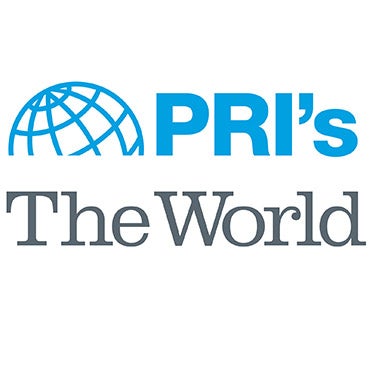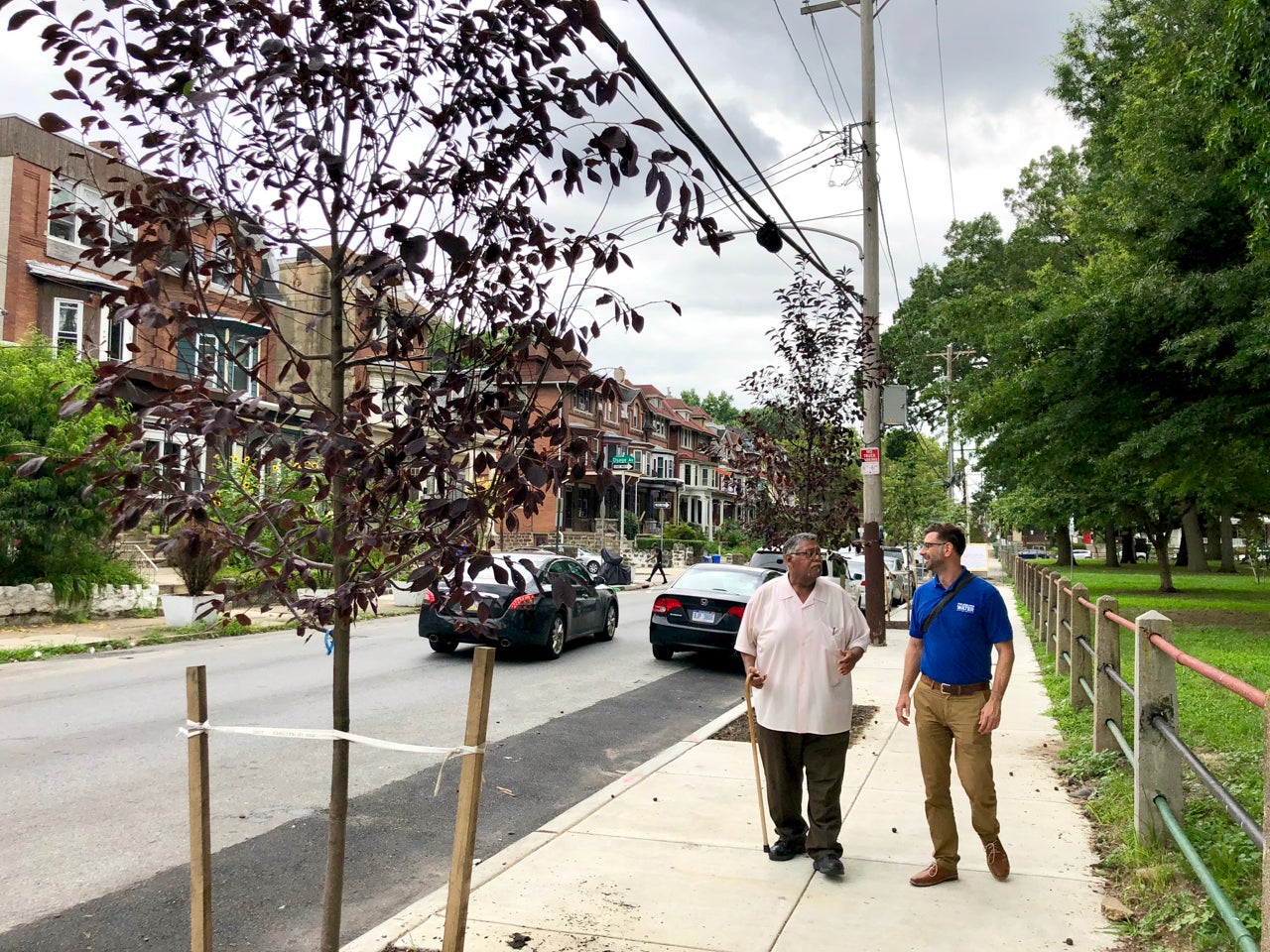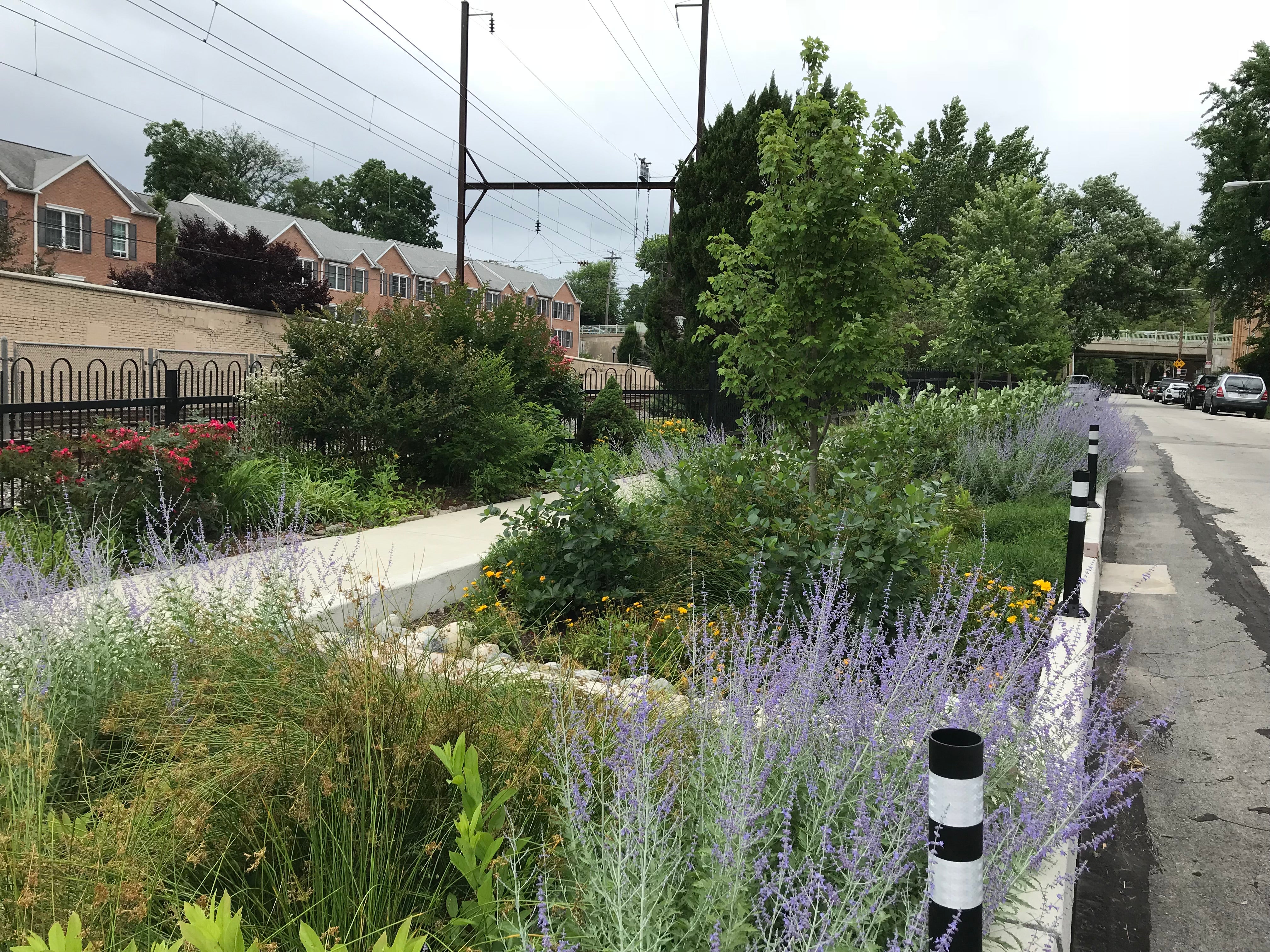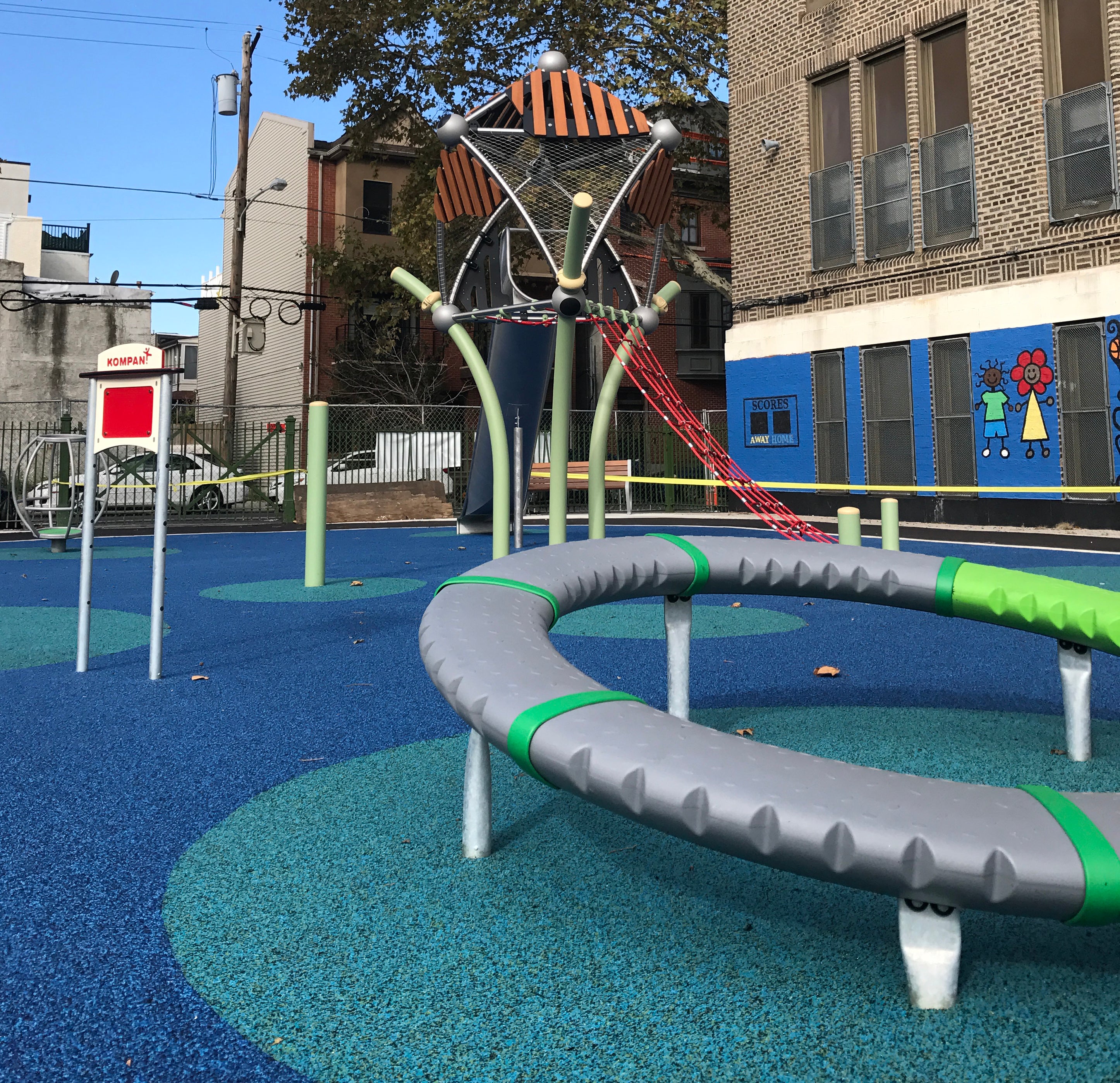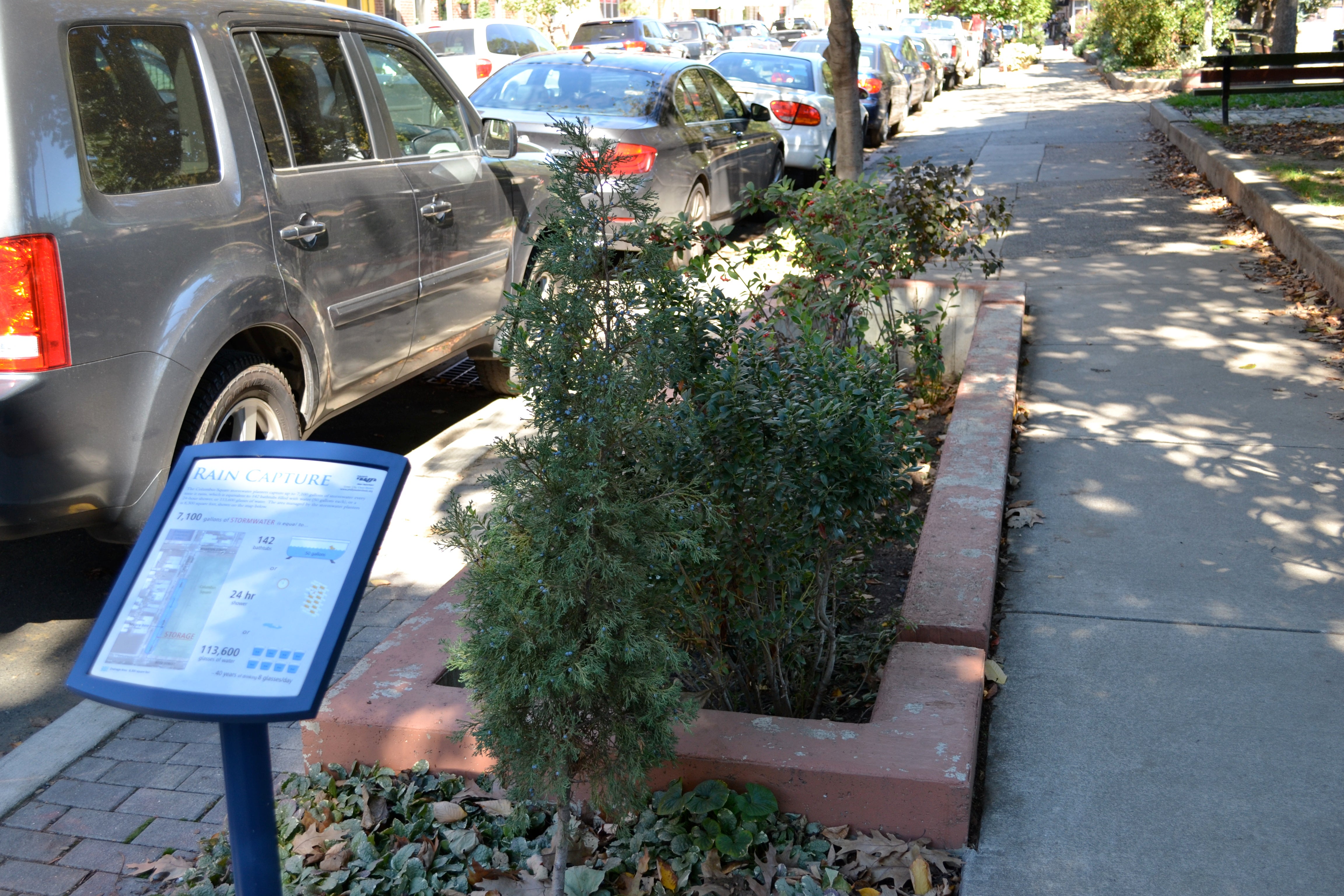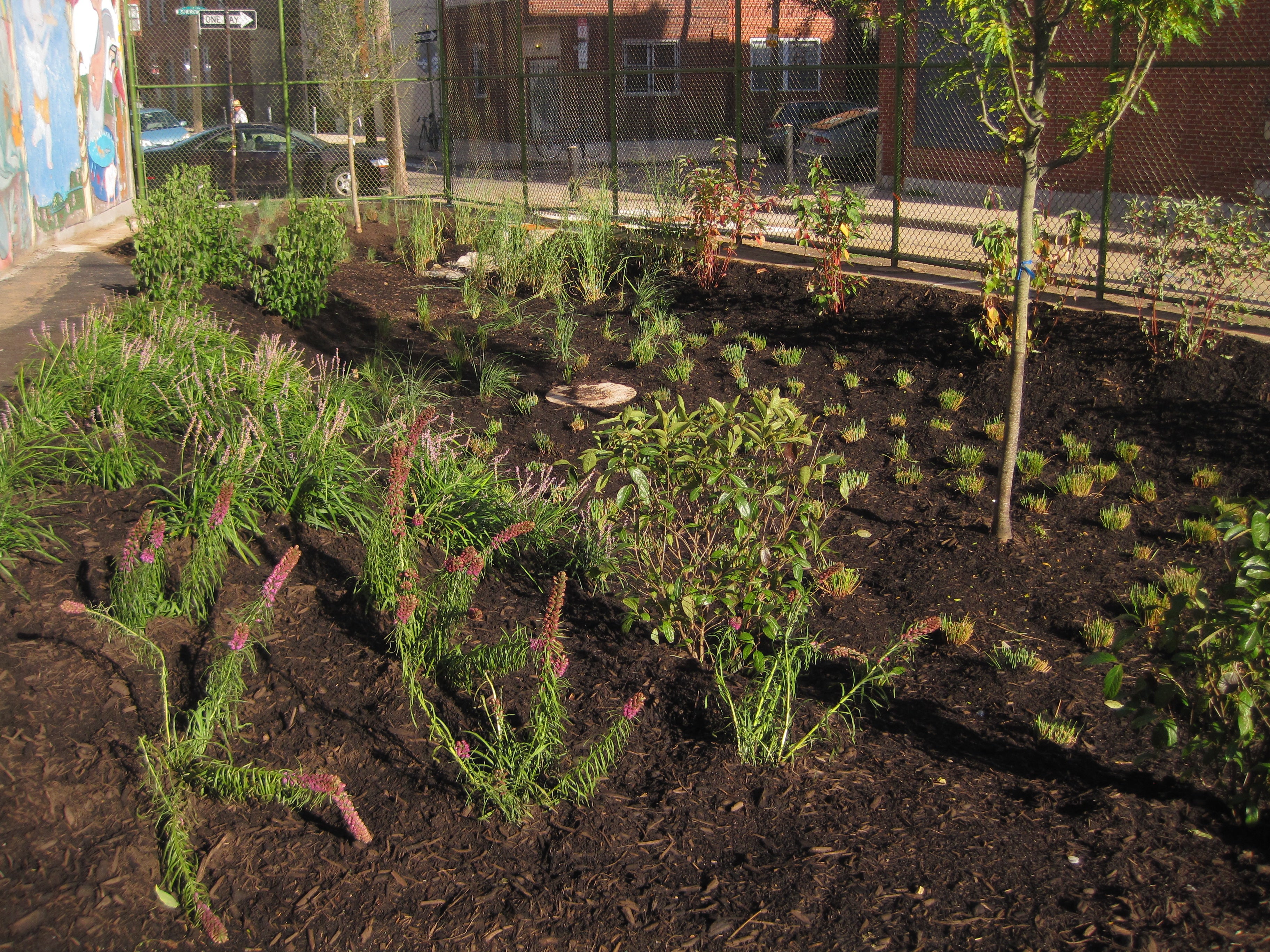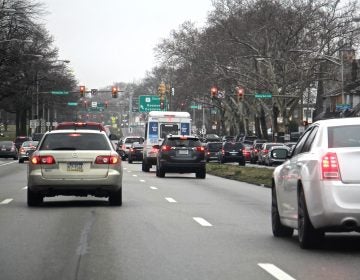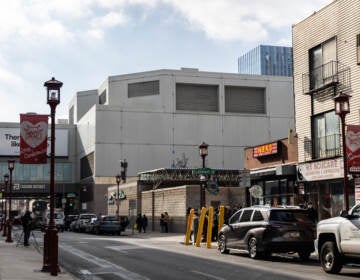For once, let’s celebrate Philly’s clean and green achievements
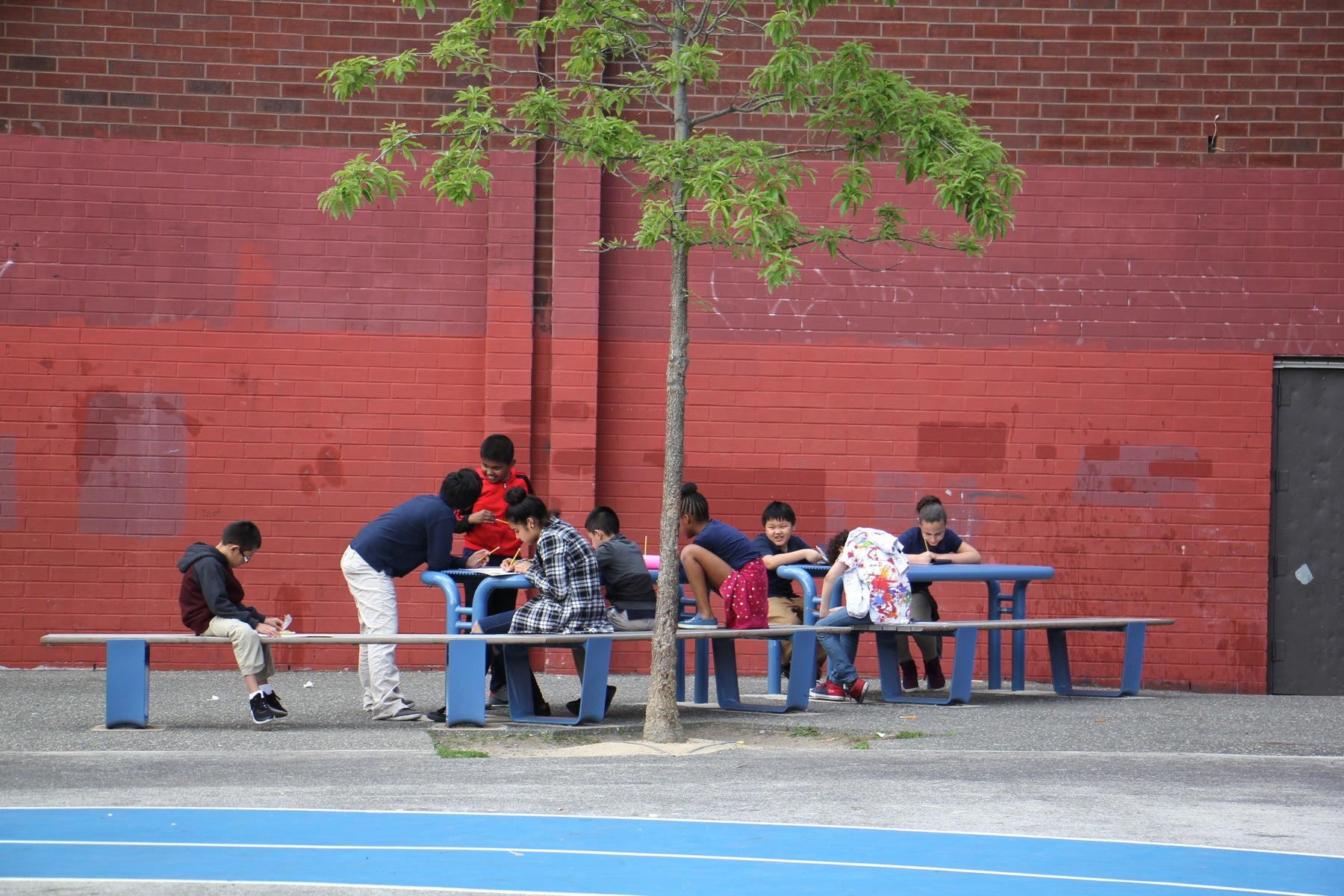
It’s not just Gritty that has people around the country talking about Philadelphia.
The city that gave the world a 7-foot orange hellion to obsess over will today welcome hundreds of landscape architects who are here to talk about the opposite of grit: green and clean neighborhoods. To the American Society of Landscape Architects (ASLA), whose annual meeting is being held in Philly October 19-22, the city’s landmark Green City, Clean Waters program, designed to achieve cleaner local waterways and foster healthier, more sustainable neighborhoods set a new standard. It’s a model that is just as important today as it was when the initiative launched in 2011.
Why is stormwater management important, you may ask? Like many older cities, Philadelphia has aging infrastructure that is not designed to receive the amount of stormwater runoff it does today. With all the development Philadelphia has experienced over the past century, heavy rain events are inundating the cities’ original sewer network. Philadelphia is experiencing more frequent and intense storm events that are forcing excess, untreated runoff into our streams and rivers, thus creating an environmental challenge the city is forced to address.
Think of all the toxins and pollutants that wash off streets, sidewalks, buildings, and other structures every time it rains.
Heavy storms ahead
As of October, local rain totals are already well above the city’s annual average of 42 inches, making heavy storms a frequent experience for Philadelphians in 2018. Many climate change models show a wetter future for our region, giving the implementation of innovative solutions added urgency.
For those unfamiliar with green stormwater infrastructure (GSI) as a tool for stormwater management, Green City, Clean Waters is very much what it sounds like: a greener city means cleaner waterways. By incorporating more green spaces into urban landscapes that would otherwise prevent rainwater from soaking into the ground, Philadelphia is achieving major reductions in the two largest sources of pollution hampering local water quality—excess stormwater runoff carrying urban contaminants, and sewer overflows caused by an overwhelmed system.
These landscaped green systems, such as rain gardens and planted curb extensions that enhance pedestrian safety, are managing tens of millions of gallons of stormwater every time the city gets heavy rain, and the program is surpassing benchmarks established by state and federal regulators.
Measuring ‘green acreage’ in Philadelphia
A new methodology spearheaded by the Philadelphia Water Department (PWD) to create “green acreage”—a proprietary metric for understanding the progress being made—has resulted in enhanced streetscapes, parks, recreation centers, and more that would not be possible without the collaboration of multiple disciplines, including designers, developers, and landscape architects. Such expertise is further amplified alongside local neighborhood improvement initiatives led by schools, community organizations, and friends groups. While the goal of Green City, Clean Waters is improved water quality, adding more green landscapes to urban areas may well contribute to other desirable outcomes, such as improved, more attractive public spaces, safer streetscapes, and even climate resiliency.
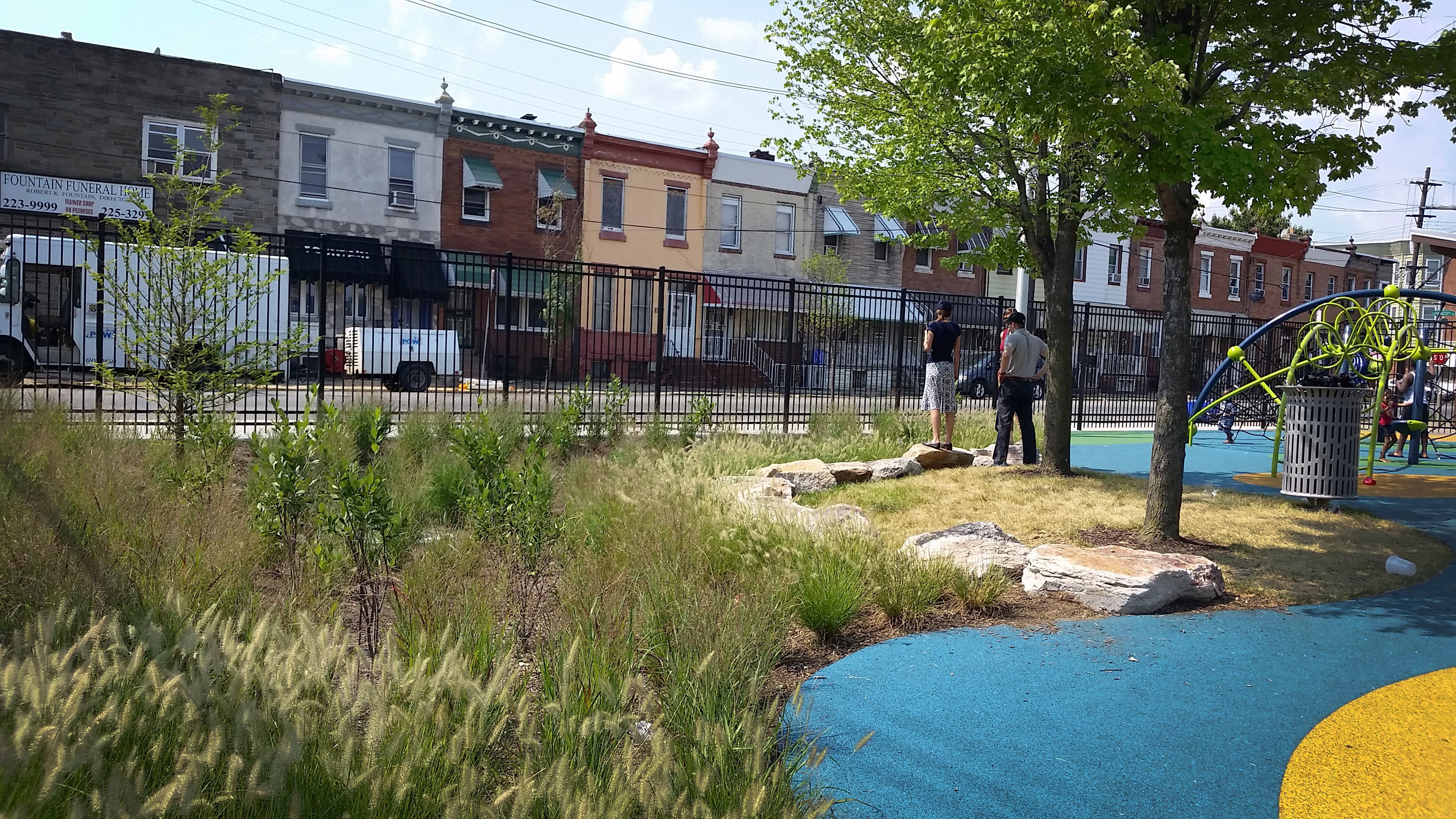
In Philadelphia, we are meeting that challenge head on. During the last six years, PWD has put the finishing touches on 152 publicly-funded green stormwater infrastructure projects, with 300 more beginning to take shape. As part of this effort, over 1,200 trees of 47 different species have been planted to date with many more slated for the coming years. Private development, guided by regulations that call for managing stormwater on-site, is adding hundreds more GSI projects to the city’s landscape as well. With the help of landscape architects in many of these projects, the systems and the uniquely designed spaces that they create, are leading to a new urban landscape in Philadelphia.
Philadelphians, whether you’re a landscape architect or passionate neighbor, can take pride in how much the urban fabric of Philadelphia has transformed through the city’s implementation of this green infrastructure across the city.
WHYY is your source for fact-based, in-depth journalism and information. As a nonprofit organization, we rely on financial support from readers like you. Please give today.

